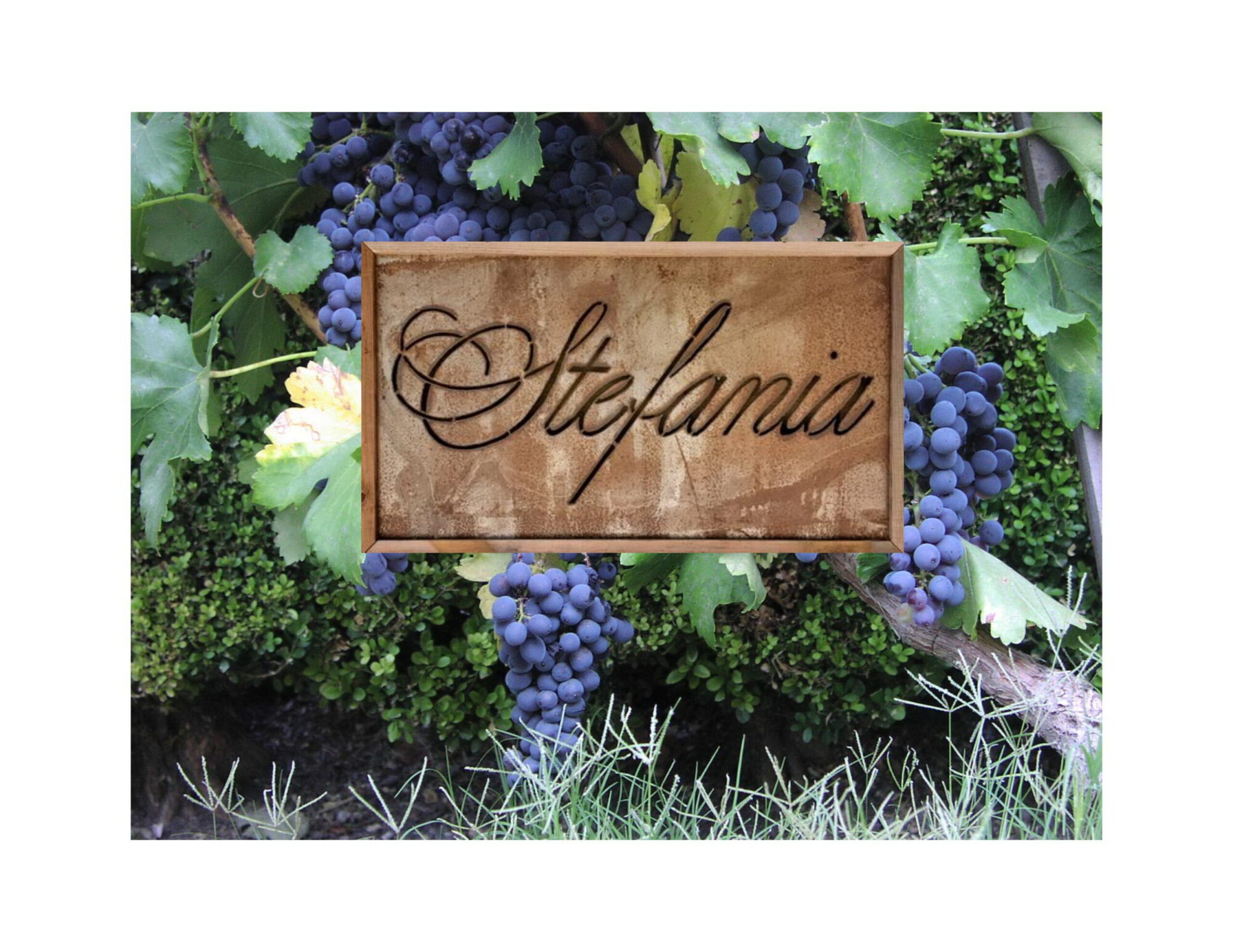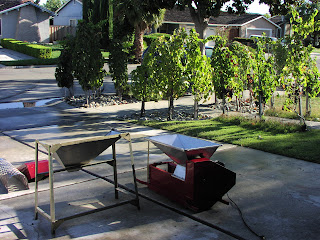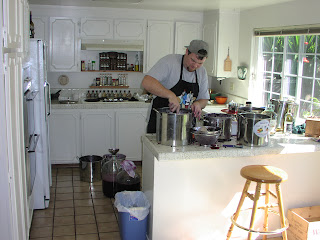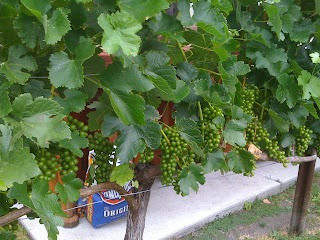“Is this crap any good?”
Wine writer David Tong always says that’s his favorite wine quote of all time. I don’t remember on what visit, or for what wine it was that Stefania asked him that, but I do remember her saying it.
We really didn’t know what to think of those two barrels. We liked them, they seemed good, and we did start to share sample with people to get their opinions. Everyone was in agreement; “This crap isn’t bad.”
It suddenly occurred to us that we were not going to have to throw it out and that meant we had to figure out what to do with it. If we were going to bottle it, we’d have to come up with a name and some labels. It also meant we’d be sinking some money into the wine. We’d need to buy bottles, corks, labels and pay for the bottling. That meant we should probably think about selling it which means coming up with a price and marketing plan.
We knew if we were going to market the wine ‘crap’ was probably not a good name. One night we called a business meeting. That means Stefania and I got in the hot tub and that we were drinking cocktails. We kicked around about 5-10 different ideas, then I don’t remember who, it was probably Stef though she has all the great ideas, said: “Let’s call it Hot Tub”. There was more smarting off about pretension and foofoo in the wine world and I remember thinking we should give it a name that sounds French as a way of making fun of that foofoo.
Two of Stefania’s very favorite wines are Haut Brion and La Mission Haut Brion. Haut mean ‘above’ in French and does sound a little like hot. I was on to something. The vines in the back yard are ‘above’ our hot tub so it kind of fit. Haut Tub, that was the first beta name. I thought for a minute though on how to play with the Tub word. Tub in French it turns out is Tub, I didn’t know that then, but came up with what I thought was a funny play on Tub: Tubee.
That was it. We decided. Haut Tubee it was. We’d make the label as fun and unpretentious as we could. The romance on the back would let people know it was named after our hot tub and we’d just put ‘California’ on the label as the AVA, even though we could have put Santa Clara Valley, or San Francisco Bay on the label. We really wanted to make it fun.
We decided that we’d price it as low as possible to fit in with that fun image. Since the production costs and grape costs had already been factored in on other wines the only costs directly tied to the wine were barrels and bottling. We though $20 was a good number and went with that.
In the Spring of 2008 we released the wine. In keeping with the theme, I really downplayed it in the release letter. I almost made it sound like leftovers. I really wanted to go 180 degrees from the fluffy letters and prose that announced so many new wines being released. I remember that the recommendation was to: “Drink it this summer with pizza in your hot tub.”
We had just 37 cases of that 2006. We sold about 25 of them from the release letter. Soon my email started to fill up with requests and comments: “Do you have more?”, “Can I get a case?”, “Wow, this is really good!” The other 12 cases were gone in about a month, word was starting to get out.
Mostly people were very surprised. We had made it sound like the wine was no big deal and at $20 people were not expecting a lot. Then they started to open them and found a rich, flavorful, deep wine with lots of complex flavors going on. That 2006 really had a great taste of a southern Rhone red. We knew it was a good wine, and that at $20 it was a great price.
Now it seemed like we were stuck with this happy accident. Demand and praise was so high, we had to plan on a 2007 version.
Cleaning up after a pick of the Haut Tubee Vineyard
Next Up – The Haut Tubee Gets All Serious and Stuff (part 4)






